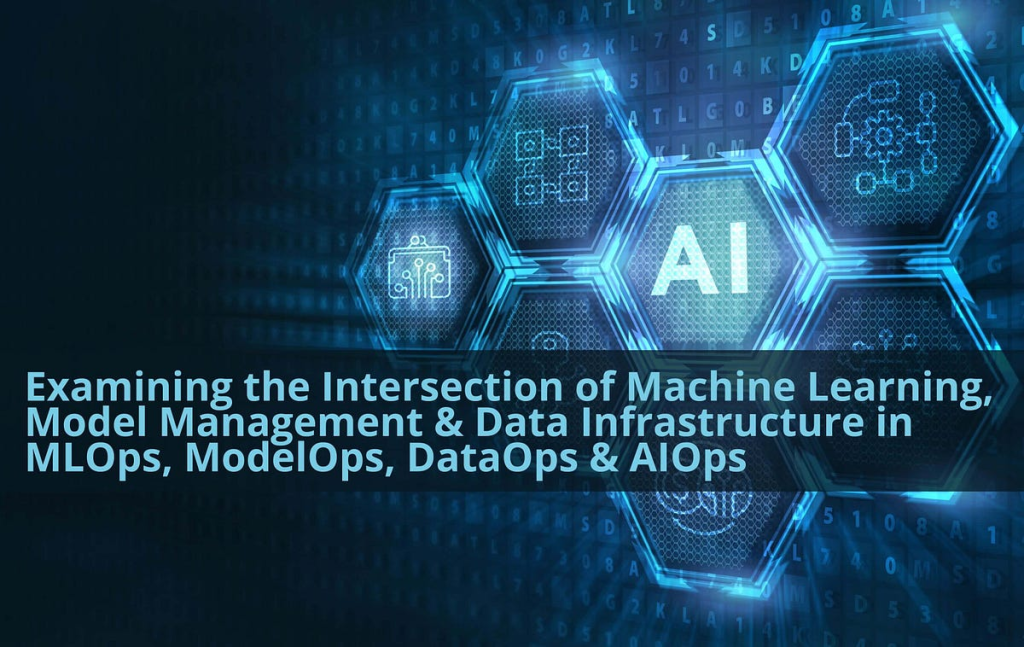
Are you confused about the difference between AiOps and DataOps? You’re not alone! These two terms may sound similar, but they have distinct meanings and implications. In this blog post, we’ll explore the definitions of AiOps and DataOps, their similarities, differences, and their applications.
What is AiOps?
AiOps stands for Artificial Intelligence for IT Operations. It’s an approach to IT operations that leverages machine learning and other forms of AI to automate and optimize IT processes. AiOps uses AI algorithms to analyze and interpret vast amounts of data generated by IT systems, including logs, metrics, and events. By doing so, it can detect and diagnose issues in real-time, predict potential problems, and make recommendations for remediation.
AiOps is a relatively new concept that emerged in response to the growing complexity of IT systems and the need for faster, more efficient problem resolution. It’s an evolution of traditional IT operations management (ITOM) that incorporates machine learning and AI capabilities. AiOps is also sometimes referred to as AIOps, which stands for Artificial Intelligence Operations.
What is DataOps?
DataOps, on the other hand, is an approach to data management that emphasizes collaboration, integration, and automation. DataOps is a combination of development (DevOps), data science, and data engineering practices. It aims to streamline the data lifecycle, from data ingestion to data analysis, by using automated tools and processes.
DataOps is based on the idea that data is a critical asset that needs to be managed effectively. It involves integrating data silos and ensuring that data is accurate and consistent across different systems. DataOps also emphasizes collaboration between different teams involved in data management, including data scientists, data engineers, and IT operations.
Similarities Between AiOps and DataOps
Although they have different focuses, AiOps and DataOps share some similarities. Both approaches aim to automate and optimize processes to improve efficiency and reduce errors. They also rely heavily on data analysis and interpretation to identify patterns and insights. Finally, both AiOps and DataOps require collaboration between different teams, such as IT operations and data science.
Differences Between AiOps and DataOps
The main difference between AiOps and DataOps is their focus. AiOps is focused on IT operations management and uses AI to automate and optimize IT processes. DataOps, on the other hand, is focused on data management and aims to streamline the data lifecycle.
Another key difference between AiOps and DataOps is the types of data they work with. AiOps focuses on IT system data, such as logs, metrics, and events. DataOps, meanwhile, works with all types of data, including structured, unstructured, and semi-structured data.
Finally, AiOps and DataOps differ in the technologies they use. AiOps relies heavily on machine learning and other AI technologies, while DataOps uses a combination of DevOps, data science, and data engineering tools.

Applications of AiOps and DataOps
AiOps and DataOps have different applications and use cases. AiOps is primarily used in IT operations management to automate and optimize processes. It can help IT teams detect and diagnose issues faster, predict potential problems, and make recommendations for remediation.
DataOps, on the other hand, is used in data management to improve the efficiency of the data lifecycle. It can help organizations integrate data silos, ensure data accuracy and consistency, and streamline the data analysis process.
Conclusion
In summary, AiOps and DataOps are two different approaches to IT and data management. AiOps focuses on IT operations management and relies heavily on AI and machine learning, while DataOps focuses on data management and uses a combination of DevOps, data science, and data engineering tools. Both approaches aim to automate and optimize processes, improve efficiency, and reduce errors. Understanding the differences between AiOps and DataOps can help organizations choose the right approach for their needs and achieve better results.
